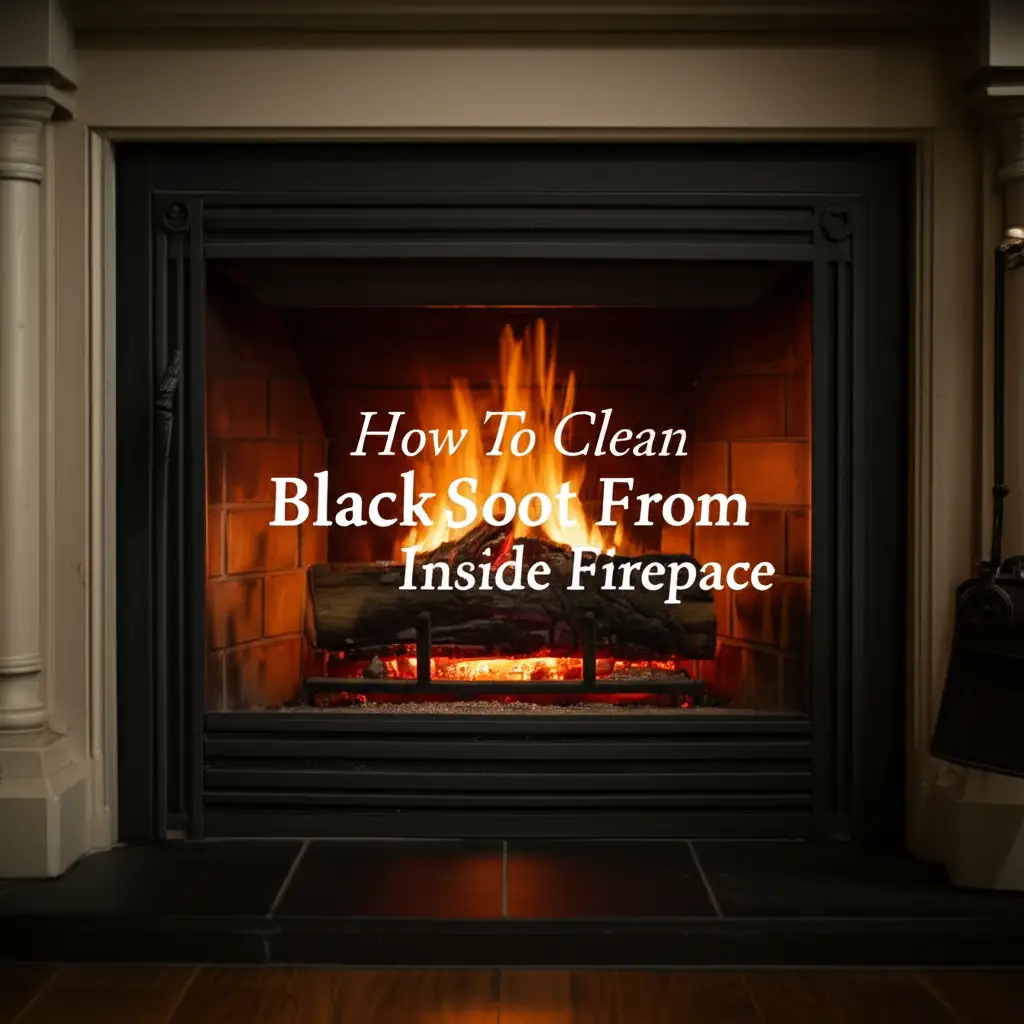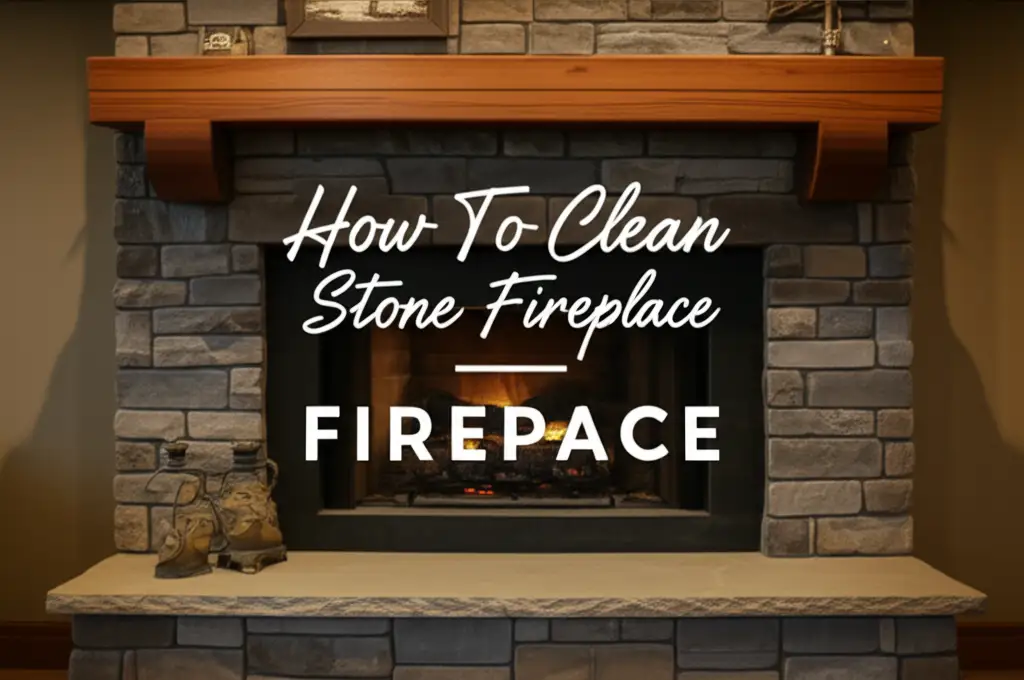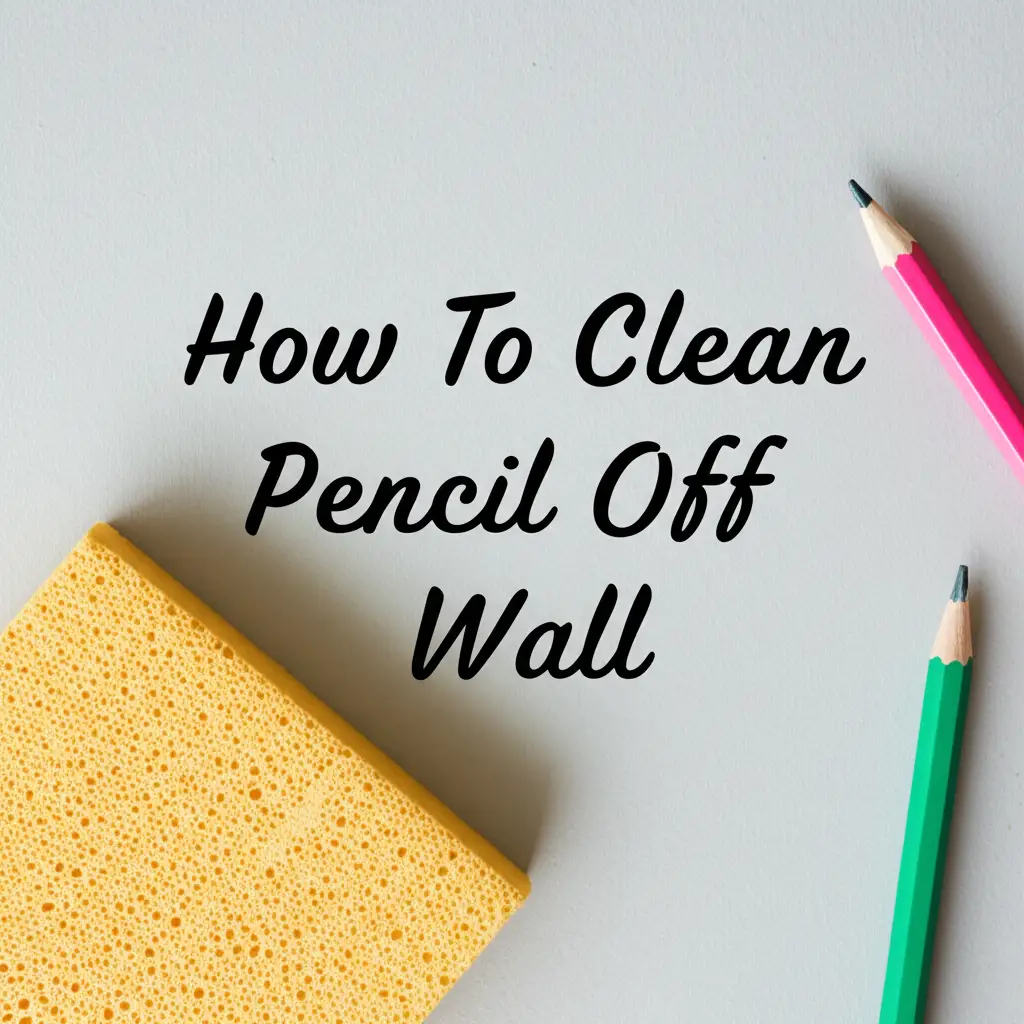· Home Cleaning · 13 min read
How To Clean Black Soot From Inside Fireplace

How To Clean Black Soot From Inside Fireplace
A fireplace adds warmth and ambiance to any home. However, frequent use leaves behind unsightly black soot, turning your cozy hearth into a grimy mess. Cleaning black soot from inside your fireplace is not just about aesthetics. It also prevents creosote buildup, which poses a fire hazard. I understand how daunting this task might seem at first glance.
But do not worry, I am here to help you. This comprehensive guide provides step-by-step instructions. We will cover everything from safety precautions and necessary tools to effective cleaning techniques. You will learn how to tackle even the most stubborn soot stains. Let us transform your fireplace from a smoky relic back into a sparkling centerpiece.
Takeaway
- Prioritize Safety: Wear protective gear like gloves, masks, and eye protection.
- Prepare the Area: Lay down drop cloths to protect your floors and furniture.
- Gather Tools: Use a wire brush, vacuum, buckets, sponges, and cleaning solutions.
- Choose Your Cleaner: Options include commercial soot removers, vinegar, baking soda, or trisodium phosphate (TSP).
- Work Methodically: Start from the top and work your way down, cleaning walls, hearth, and glass.
- Prevent Soot: Burn dry, seasoned wood and schedule regular chimney inspections.
To clean black soot from inside your fireplace, first ensure the fireplace is completely cool. Then, protect your surroundings with drop cloths and wear appropriate safety gear. Use a stiff brush and a shop vacuum to remove loose ash and soot. Finally, apply a suitable cleaning solution with a sponge or cloth, scrubbing as needed, and rinse thoroughly.
Understanding Soot: Why It Forms and Its Impact
Black soot is a common byproduct of burning wood or other fuels in a fireplace. It forms when combustion is incomplete. This means the fuel does not burn fully. The tiny, unburnt carbon particles then rise with the smoke. They deposit on the cooler surfaces inside your fireplace and chimney. Soot can be powdery or flaky. Its appearance depends on the type of wood and burning conditions.
Several factors contribute to soot buildup. Burning unseasoned or wet wood is a major cause. Wet wood burns at a lower temperature. This leads to more smoke and incomplete combustion. Restricted airflow in the firebox also plays a role. A poorly drawing chimney can cause smoke to linger. This allows more soot to settle.
The impact of soot goes beyond just looking dirty. Soot contains harmful chemicals. These can irritate your respiratory system. Regular exposure is not good for your health. More importantly, soot contributes to creosote buildup. Creosote is a highly flammable substance. It forms when soot combines with other combustion byproducts. A thick layer of creosote inside your chimney is a significant fire hazard. Cleaning soot regularly helps prevent this danger. It keeps your home safer and your fireplace working efficiently.
Safety First: Essential Gear for Soot Cleaning
Cleaning black soot from your fireplace requires careful preparation. Safety is the most important consideration. Soot is messy and contains irritants. You need to protect your body and your home. Always make sure the fireplace has been cold for at least 24 hours. Never attempt to clean a hot or warm fireplace. This prevents burns and potential reignition of embers.
I always wear protective clothing during this type of work. Old clothes are best. Soot will stain. You will need a good pair of heavy-duty gloves. These protect your hands from harsh chemicals and sharp debris. A high-quality dust mask or respirator is crucial. This prevents inhaling soot particles. Soot can irritate your lungs. Eye protection, like safety goggles, keeps dust and chemicals out of your eyes.
Before you start, prepare the area around your fireplace. Lay down old sheets, newspapers, or plastic drop cloths. Cover your carpet, furniture, and anything nearby. Soot dust spreads easily. It will settle on everything. You might also want to close off the room. This prevents soot from drifting into other parts of your home. Open windows for ventilation. This helps clear the air of dust and fumes. Taking these steps makes the cleaning process safer and less stressful.
Gathering Your Tools: Supplies for Effective Soot Removal
Having the right tools makes all the difference when cleaning black soot. You will need a few specific items to tackle this job efficiently. Begin with a heavy-duty shop vacuum. A regular household vacuum may not handle the fine soot particles. It might even spread them or damage its filter. A shop vac is designed for this kind of debris.
Next, you will need a stiff-bristled brush. A wire brush works well for masonry surfaces inside the firebox. A nylon brush is better for delicate areas or glass. Collect a few sturdy buckets. One bucket can hold your cleaning solution, another for rinse water. You will also need a variety of sponges and rags. Old towels or microfiber cloths are excellent for wiping down surfaces.
For cleaning solutions, you have options. Commercial fireplace cleaners are available. They are often specifically formulated for soot. Alternatively, common household items work too. A mixture of white vinegar and water is a mild option. Baking soda paste can also be effective for scrubbing. For tougher stains, you might consider trisodium phosphate (TSP). Always follow product instructions for any chemical cleaner. Remember to also have a sturdy dustpan and brush handy for scooping larger ash deposits. If you need to remove stubborn ash first, consider exploring how to clean ash out of a pellet stove for related tips.
Step-by-Step Guide: Cleaning Soot from Fireplace Surfaces
Now that you are prepared, let us get to the actual cleaning. Follow these steps methodically to clean black soot from your fireplace effectively. This approach ensures thorough cleaning and minimizes mess.
Remove Loose Debris and Ash:
- Start by scooping out any large pieces of wood, embers, or ash. Use a shovel and dustpan for this.
- Empty the ash into a metal container. Ensure it is completely cool before disposal.
- Use your shop vacuum to suck up all remaining loose ash and soot. Vacuum the floor of the firebox, the grate, and as much of the walls as you can reach. Getting rid of the loose stuff first prevents it from smearing when you apply wet cleaners.
Prepare Your Cleaning Solution:
- Choose your cleaning agent. For light soot, mix equal parts white vinegar and warm water in a bucket. Vinegar is a natural degreaser and deodorizer.
- For moderate soot, create a paste with baking soda and a small amount of water. This creates a gentle abrasive. You can also mix baking soda and vinegar for a fizzy reaction that helps lift grime, similar to how one might clean with vinegar and baking soda in other areas of the home.
- For heavy soot, a commercial fireplace cleaner or TSP solution might be necessary. Always read the label and mix according to directions.
Scrub Fireplace Walls and Hearth:
- Dip a stiff brush or sponge into your chosen cleaning solution. Wring out excess liquid. You do not want to oversaturate surfaces.
- Starting from the top of the firebox, scrub the walls in small sections. Work your way down towards the hearth. Apply firm pressure.
- For tough spots, let the solution sit for a few minutes. This allows it to break down the soot.
- Continue scrubbing until the soot loosens. You will see it turning into a muddy residue.
Rinse and Wipe Down:
- Fill a second bucket with clean, warm water.
- Use a clean sponge or rag, dipped in plain water and wrung out, to wipe away the muddy residue. Rinse your sponge frequently.
- Continue wiping until all cleaning solution and soot residue are gone. You might need to change the rinse water several times.
- Allow the surfaces to air dry completely. For brick or stone, ensure proper ventilation to prevent mildew.
This systematic approach makes cleaning black soot manageable. It ensures every surface receives attention. You will be left with a much cleaner fireplace.
Tackling Stubborn Soot Stains: Advanced Techniques
Sometimes, regular cleaning methods are not enough for deeply ingrained soot stains. These stubborn marks require a bit more effort and specialized approaches. Do not despair if your fireplace still shows signs of its past. I have found a few advanced techniques that really help.
One effective method involves using a strong alkaline cleaner. Trisodium Phosphate, or TSP, is a powerful cleaning agent. It is excellent for cutting through tough soot and grease. Mix TSP according to the manufacturer’s instructions. Always wear heavy-duty gloves, eye protection, and a respirator when working with TSP. Apply the solution to the stained areas with a sponge or brush. Let it sit for 10-15 minutes. Then, scrub vigorously with a wire brush. Rinse thoroughly multiple times with clean water. Ensure no residue remains.
For extremely stubborn spots, especially on brick, you can try a poultice. A poultice is a paste that draws stains out of porous materials. Mix a fine absorbent powder, like diatomaceous earth or powdered bleach, with a strong cleaning solution (like hydrogen peroxide or a commercial soot remover). Apply a thick layer of this paste over the stain. Cover it with plastic wrap to keep it moist. Let it sit for 24-48 hours. The poultice will dry and absorb the stain. Once dry, scrape it off and rinse the area. This method requires patience but yields impressive results. Remember to test any strong cleaner or poultice in an inconspicuous area first. This ensures it does not damage your fireplace material.
Cleaning the Fireplace Glass and Doors
Cleaning the glass doors of your fireplace is crucial. Soot on glass obscures the view of the fire. It also makes the fireplace look dirty. Glass requires a different approach than masonry. You need cleaners that remove soot without scratching or leaving streaks. I find this part of the cleaning process quite satisfying.
First, ensure the glass is completely cool. Never clean hot glass. It can crack. You can use specialized fireplace glass cleaners. These are formulated to dissolve creosote and soot. Spray the cleaner generously onto the glass surface. Let it sit for a few minutes. This allows the chemicals to penetrate the soot. Then, wipe it away with a paper towel or a clean, damp cloth. For very tough spots, you might need to repeat the process.
Alternatively, a simple mixture works wonders. I often use a paste made from wood ash and water. Yes, the ash itself! Dip a damp paper towel into fine, cooled wood ash. Rub this paste onto the glass in circular motions. The ash acts as a mild abrasive, cutting through the soot. Rinse with clean water and wipe dry with a lint-free cloth. This method is surprisingly effective and uses something you already have. For a streak-free finish, consider techniques similar to how one might clean black glass stove top without streaks, ensuring your fireplace glass shines. For metal doors, a general all-purpose cleaner or a solution of dish soap and water works well. Wipe them down after cleaning the glass.
Preventing Future Soot Buildup: Maintenance Tips
Preventing black soot buildup is far easier than cleaning it. Good maintenance practices keep your fireplace cleaner. They also ensure it operates safely and efficiently. I always emphasize proactive measures for homeowners.
The most important step is to burn only dry, seasoned wood. Seasoned wood has been dried for at least six months to a year. It contains less moisture. Wet wood burns at a lower temperature. This creates more smoke and soot. Listen for sizzling sounds when burning wood. This means it is too wet. Hardwoods like oak or maple burn hotter and cleaner than softwoods. Avoid burning treated wood, trash, or cardboard. These release harmful chemicals and excessive soot.
Proper airflow is also essential. Ensure your chimney damper is fully open when a fire is burning. This allows smoke and combustion byproducts to escape freely. A partially closed damper restricts airflow. It encourages soot formation. Periodically check your chimney for obstructions. Bird nests or debris can block the flue. These issues will increase soot.
Finally, schedule regular chimney inspections and cleanings. A certified chimney sweep can assess your chimney’s condition. They will remove creosote and soot buildup. They also check for cracks or other damage. Experts recommend an annual inspection, especially if you use your fireplace frequently. Regular professional cleaning prevents dangerous creosote fires. It keeps your fireplace running clean for many years.
Frequently Asked Questions
What causes black soot to form in a fireplace? Black soot forms from incomplete combustion of fuel. This happens when wood or other materials do not burn fully. Factors like burning wet wood, restricted airflow, or a dirty chimney contribute to its formation. These conditions create unburnt carbon particles that settle on fireplace surfaces.
Is black soot dangerous to clean? Yes, black soot can be dangerous. It contains irritants that can harm your respiratory system. More importantly, soot contributes to creosote, a highly flammable substance. Inhaling soot particles and skin contact should be avoided. Always wear proper protective gear during cleaning.
What household items can clean fireplace soot? Several household items effectively clean fireplace soot. A mixture of white vinegar and water is good for light soot. For tougher stains, a paste made from baking soda and water works well. Wood ash, when mixed with a little water, can also surprisingly clean fireplace glass.
How often should I clean my fireplace for soot? The frequency depends on how often you use your fireplace. If you use it regularly during the colder months, cleaning every few weeks is beneficial. A thorough cleaning, including the chimney, should be done annually by a professional chimney sweep to prevent creosote buildup.
Can I use a regular vacuum cleaner for soot? No, it is not recommended to use a regular household vacuum cleaner for soot. Soot particles are extremely fine. They can clog the filter of a regular vacuum and even get blown back into the air. Always use a shop vacuum with a HEPA filter for soot removal.
What is creosote, and how is it related to soot? Creosote is a tar-like, highly flammable substance that accumulates in chimneys. It forms from condensed smoke and unburnt particles, including soot. Soot is a component of creosote. Excessive creosote buildup is a major fire hazard. Regular soot cleaning helps prevent creosote accumulation.
Conclusion
Cleaning black soot from inside your fireplace is a necessary task. It keeps your home safe and your hearth looking its best. I have walked you through each step, from ensuring your safety to tackling the toughest stains. Remember to always prioritize protection for yourself and your home. Use the right tools and cleaning solutions. Whether you opt for commercial cleaners or simple household remedies, consistency is key.
Maintaining your fireplace goes beyond just cleaning. Burning seasoned wood and ensuring good airflow prevent excessive soot buildup. Regular chimney inspections by professionals are vital. These steps keep your fireplace clean, efficient, and above all, safe for your family. Do not let the task of cleaning black soot overwhelm you. With these tips, you can enjoy a beautiful, functional fireplace for many years to come. Start today and bring back the sparkle to your living space.
- soot removal
- fireplace cleaning
- chimney cleaning
- black soot
- home maintenance
- DIY cleaning
- hearth care




